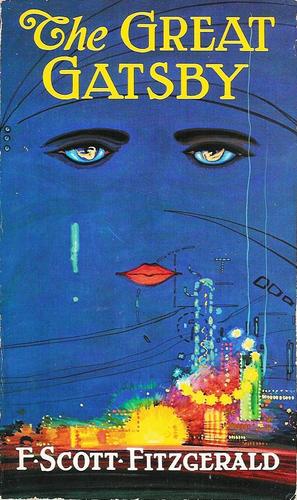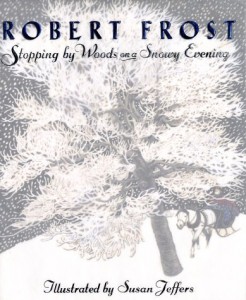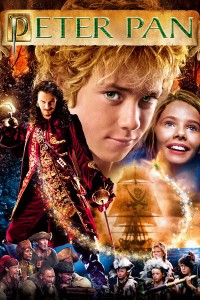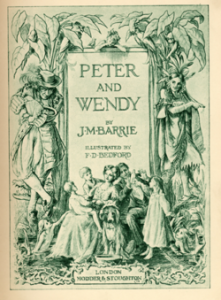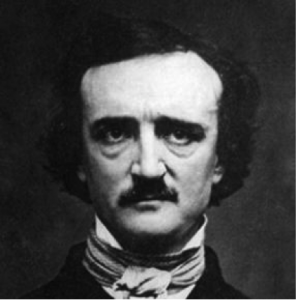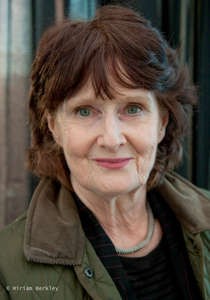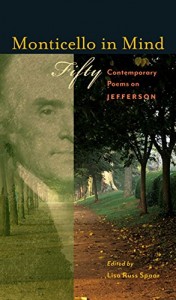Stanza the First. [rub icon?]
I have discovered that “Rubicon” now names a style of semi-compact faux-rugged soft-top Jeep and yet another failed TV series about espionage, but not many people in my neighborhood still use the phrase “crossing the Rubicon” to designate an irreversible and risky decision. “The die is cast” is also fading from the popular vocabulary, and alea jacta est is more a ghost phrase than the conversation spice it once was among baby boomers who were herded into Latin classes. Romans didn’t really use the “J” anyway. In fact, the River Rubicon in northeastern Italy was never itself important as more than a border, a no trespassing sign, but it did play a major role in Roman law and the limitations placed on Roman generals flushed with victory. The law forbade commanders to cross that stream at the head of an army, which might in unsteady times resemble a threat. Their right to command, their imperium, stopped at the border, where the power of the magistrates activated. To cross and proceed toward the place where all roads lead in full martial strength was a capital offense. Maybe this kind of tension the historical moment when Truman and McArthur fell into irreversible conflict. Mac tried to cross it the border, Caesar did. Maybe the Romans should have built a wall.
![]() The stream flowing south of Ravenna is called Rubicon because, as with ruby, the word’s root designates something red, like the clay which forms much of the river’s bed and stains the water reddish (but not radish, not even quite a crimson tide). Once Julius Caesar defied the Senate and crossed with his soldiers on that cold day in 49 B.C.– with only a legion of three or four thousand, but symbolically a horde – war with Pompey and his cronies was inevitable, and much more than that minor river would run red . . . for three years, very red.
The stream flowing south of Ravenna is called Rubicon because, as with ruby, the word’s root designates something red, like the clay which forms much of the river’s bed and stains the water reddish (but not radish, not even quite a crimson tide). Once Julius Caesar defied the Senate and crossed with his soldiers on that cold day in 49 B.C.– with only a legion of three or four thousand, but symbolically a horde – war with Pompey and his cronies was inevitable, and much more than that minor river would run red . . . for three years, very red.
You have to wonder what the Jeep marketing wizards (are they still “Willis”?) were thinking when they chose the name. It looks like an unsafe rugged vehicle, but overpriced and prone to rolling. But then we’ve already had the Cressida and the Saturn, so the sky’s the limit. Name away. (I want an Orion, for winter driving). And I guess if I had a Rubicon I might feel more decisive and hardened by frontier campaigns sleeping beside my gladius under the stars and facing the war axe and battle cry of the menacing Gauls. I’d want my 4-wheel drive Rubicon to be red as a fox.
 But there must be more to the flight of associations than all this fiddle, and there is. The idea of crossing into dangerous territory, rolling the dice and making a monumental decision will always be part of our lives, and the phrase “crossing the Rubicon” once carried significant gravity and the weight of historical association. It was useful. It was cultural and worldly and a pleasure to pronounce. It could be employed inappropriately by a Woody Allen as self-satire, but it could also suggest the havoc and suffering Caesar’s domestic conquest carried. Maybe the convenience of that Siri voice can reverse the loss of such pertinent words.
But there must be more to the flight of associations than all this fiddle, and there is. The idea of crossing into dangerous territory, rolling the dice and making a monumental decision will always be part of our lives, and the phrase “crossing the Rubicon” once carried significant gravity and the weight of historical association. It was useful. It was cultural and worldly and a pleasure to pronounce. It could be employed inappropriately by a Woody Allen as self-satire, but it could also suggest the havoc and suffering Caesar’s domestic conquest carried. Maybe the convenience of that Siri voice can reverse the loss of such pertinent words.
Once upon a time, straying from some rambling research on Emily Dickinson (no stranger to the irrevocable, heart-scouring decisions – the soul selects its own society – then shuts the door), I found myself reading her brother Austin’s letters and some of his journal entries. And there it was, without the “crossing,” just the simple signature pronouncement rubicon. Here’s a code to wrinkle the forehead and throw the brain’s electro-chemical switch. Not to be left behind by the youthful and beautiful, I thought simply “WTF?” (a favorite FM radio station).
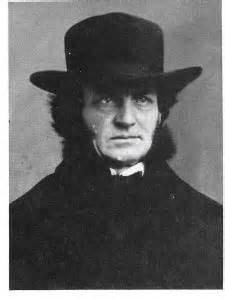 I won’t play coy. Though it was an unopened door for me, I already knew there is an invisible but not completely clandestine portal in the Dickinson family’s Homestead that reads “Her Brother’s Disgraceful Affair.” I knew this skeleton-not-really-in- the-closet involved Mabel Loomis Todd, editor marquee, illustrator, promoter who played a role (of debatable value, for editorial and litigious reasons) in bringing to light the work of the genius spinster mystery foremother of American poetry. I also knew that Mabel (whom I can’t stop associating with pancakes or Black Label beer) was married to an Amherst College astronomer, who perhaps should have looked about him through a magnifying glass or his own specs instead of a telescope, but that’s another story. The outlaw couple conducted their trysts during the period of their “white as the fresh driven snow” (sere and austere Austin’s words, not mine) affaire de coeur in the downstairs parlor under Emily’s chambers – this I didn’t know. Though Maple and Emily never actually met, the poet admired the future editor’s deftness on the eighty-eights, requested that the tunes continue and on occasion left sherry and even a poem at the bottom of the stairs for the musician and the mutton-chopped Victorian whose 1890 image reminds me of (a)Lizzie Borden’s father, (b)Lawrence Talbot in half-wolf mode and (c)David Selby (who has published two volumes of poetry himself!) as Quentin Collins in TV’s Dark Shadows, and he never looks in those later pictures as if he’s a dormant volcano ready to spew embers like Krakatoa. In 1854, however, he had the look of a neutered Heathcliff. SO . . . hanky-panky, coded rendezvous in the crepuscular world where poems and love are made.
I won’t play coy. Though it was an unopened door for me, I already knew there is an invisible but not completely clandestine portal in the Dickinson family’s Homestead that reads “Her Brother’s Disgraceful Affair.” I knew this skeleton-not-really-in- the-closet involved Mabel Loomis Todd, editor marquee, illustrator, promoter who played a role (of debatable value, for editorial and litigious reasons) in bringing to light the work of the genius spinster mystery foremother of American poetry. I also knew that Mabel (whom I can’t stop associating with pancakes or Black Label beer) was married to an Amherst College astronomer, who perhaps should have looked about him through a magnifying glass or his own specs instead of a telescope, but that’s another story. The outlaw couple conducted their trysts during the period of their “white as the fresh driven snow” (sere and austere Austin’s words, not mine) affaire de coeur in the downstairs parlor under Emily’s chambers – this I didn’t know. Though Maple and Emily never actually met, the poet admired the future editor’s deftness on the eighty-eights, requested that the tunes continue and on occasion left sherry and even a poem at the bottom of the stairs for the musician and the mutton-chopped Victorian whose 1890 image reminds me of (a)Lizzie Borden’s father, (b)Lawrence Talbot in half-wolf mode and (c)David Selby (who has published two volumes of poetry himself!) as Quentin Collins in TV’s Dark Shadows, and he never looks in those later pictures as if he’s a dormant volcano ready to spew embers like Krakatoa. In 1854, however, he had the look of a neutered Heathcliff. SO . . . hanky-panky, coded rendezvous in the crepuscular world where poems and love are made.
Part two coming soon



